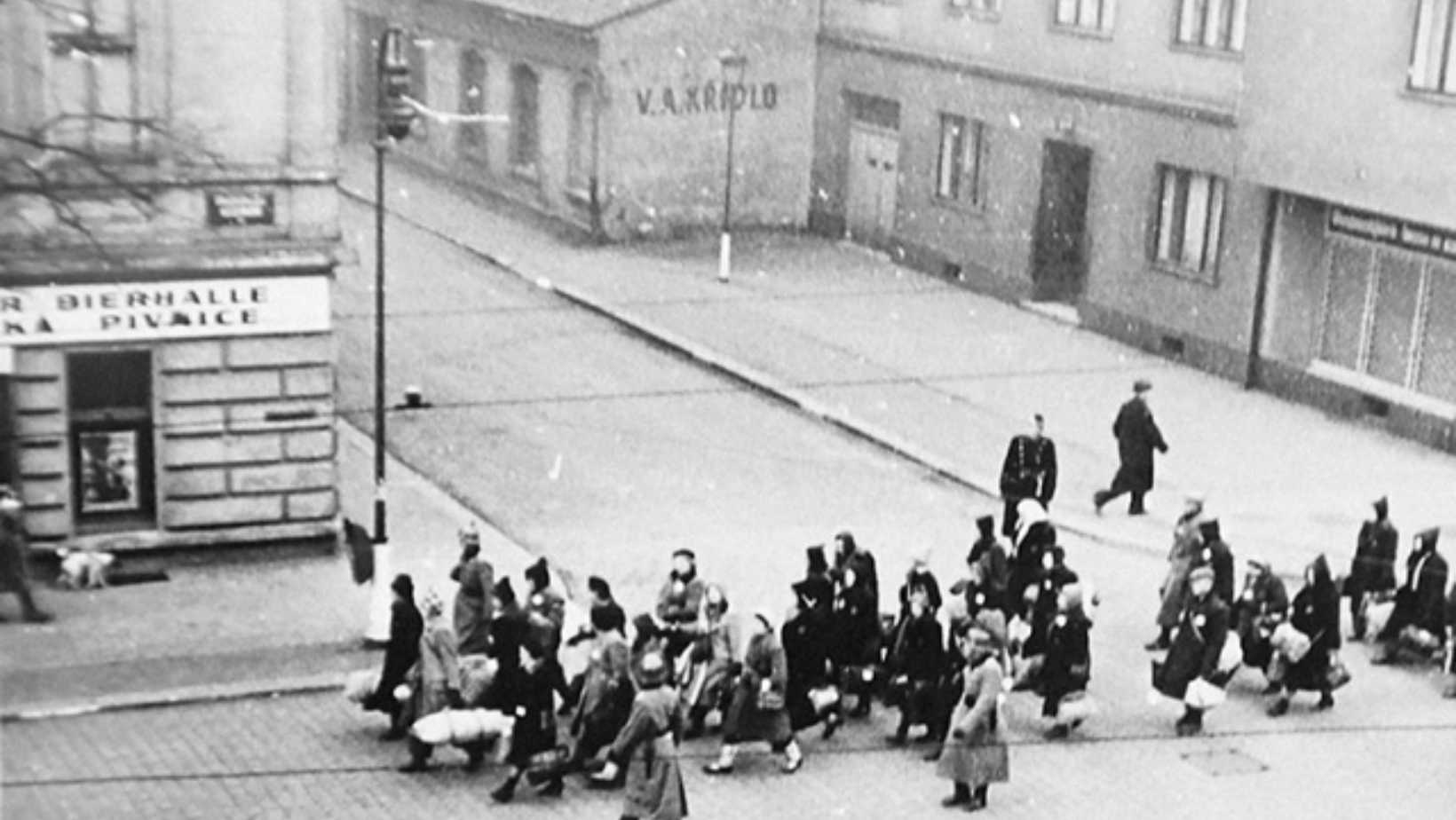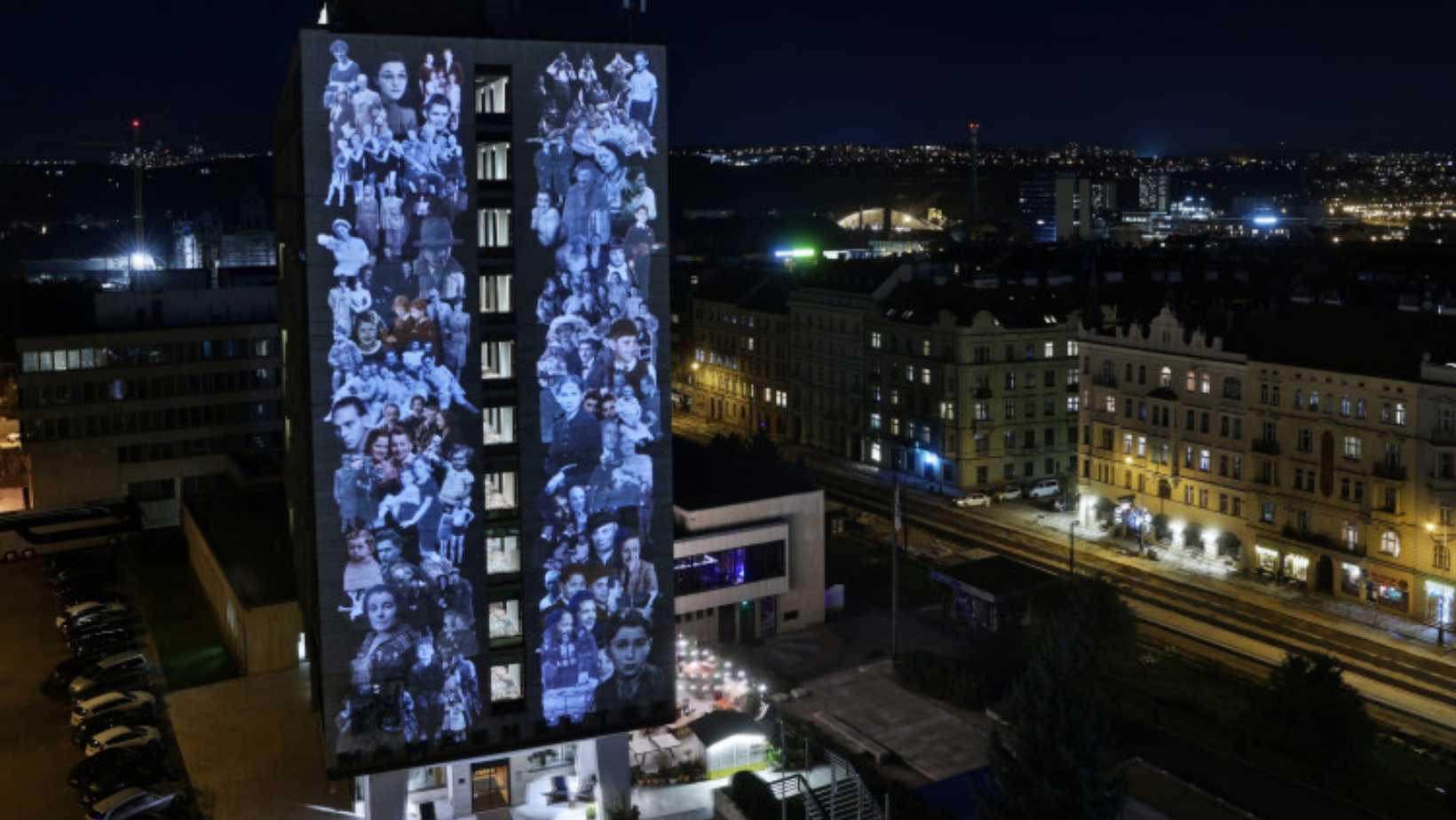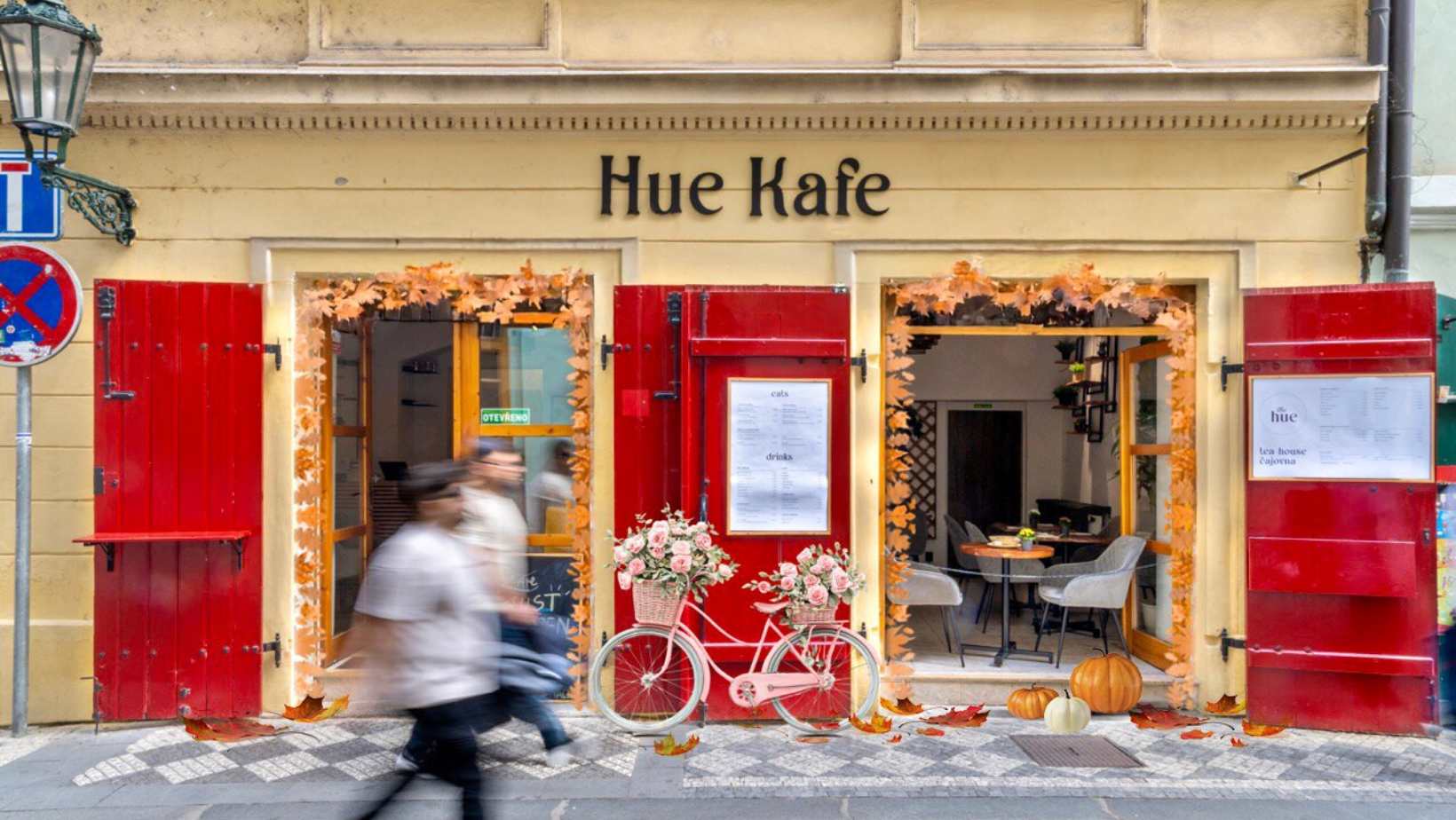Remembering Prague's First Jewish Deportation: 83 Years Later
Prague Morning

On Wednesday, October 16, Prague marked a somber anniversary: the deportation of Jewish citizens during the Nazi occupation.
Exactly 83 years ago, on October 16, 1941, the first group of civilians sentenced to the so-called “Final Solution” were sent from the now-defunct Praha-Bubny railway station to Poland.
The first train was headead for the Łódź ghetto, carrying around a thousand Jewish men, women, and children. Out of those deported, only 24 survived.
Throughout the course of World War II, approximately 50,000 Jewish citizens from Prague were transported via Bubny station to German and Polish concentration camps. The vast majority did not return.
The deportations were preceded by a series of harsh, discriminatory policies. Jews were allowed to take no more than 50 kg of personal belongings. Before departure, they were forced to hand over their remaining possessions, including the keys to their homes.
Preparation for deportation typically took three to four days. On the designated day, Jewish citizens were ordered to gather at an assembly point near the Praha-Bubny station. German soldiers and local police organized them into groups and escorted them to the waiting trains.
In recent years, the Bubny station has been the site of an annual memorial event called Drumming for Bubny. Participants, including descendants of deported Jews, gather to beat cardboard drums alongside professional drummers. This symbolic act represents breaking the passive silence of society, a reminder that the Holocaust became possible through the silent complicity of those who stood by.
This year, due to technical issues, the event could not take place. However, organizers found a creative alternative. They gathered on Veletržní Street, in front of the Mama Shelter hotel, where they projected images of deported Prague citizens and other Holocaust victims onto the building’s facade.

“The Prague-Bubny station is undergoing reconstruction, so we are exploring new ways to hold commemorative events at these important historical sites. This year, we chose to project images onto the place where Jews once gathered before deportation,” explained Pavlína Šulcová, director of the Monument of Silence nonprofit organization.
In 2015, a project to transform the Praha-Bubny station into a memorial complex called the Monument of Silence was launched. The future museum will feature modern exhibition halls and spaces for discussion, designed to remind visitors of the atrocities committed within Hitler’s concentration camps. The project has received financial backing from both the Czech and Prague governments.
Would you like us to write about your business? Find out more
-
NEWSLETTER
Subscribe for our daily news










